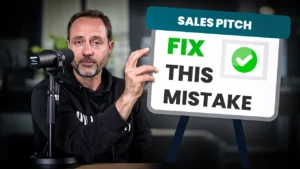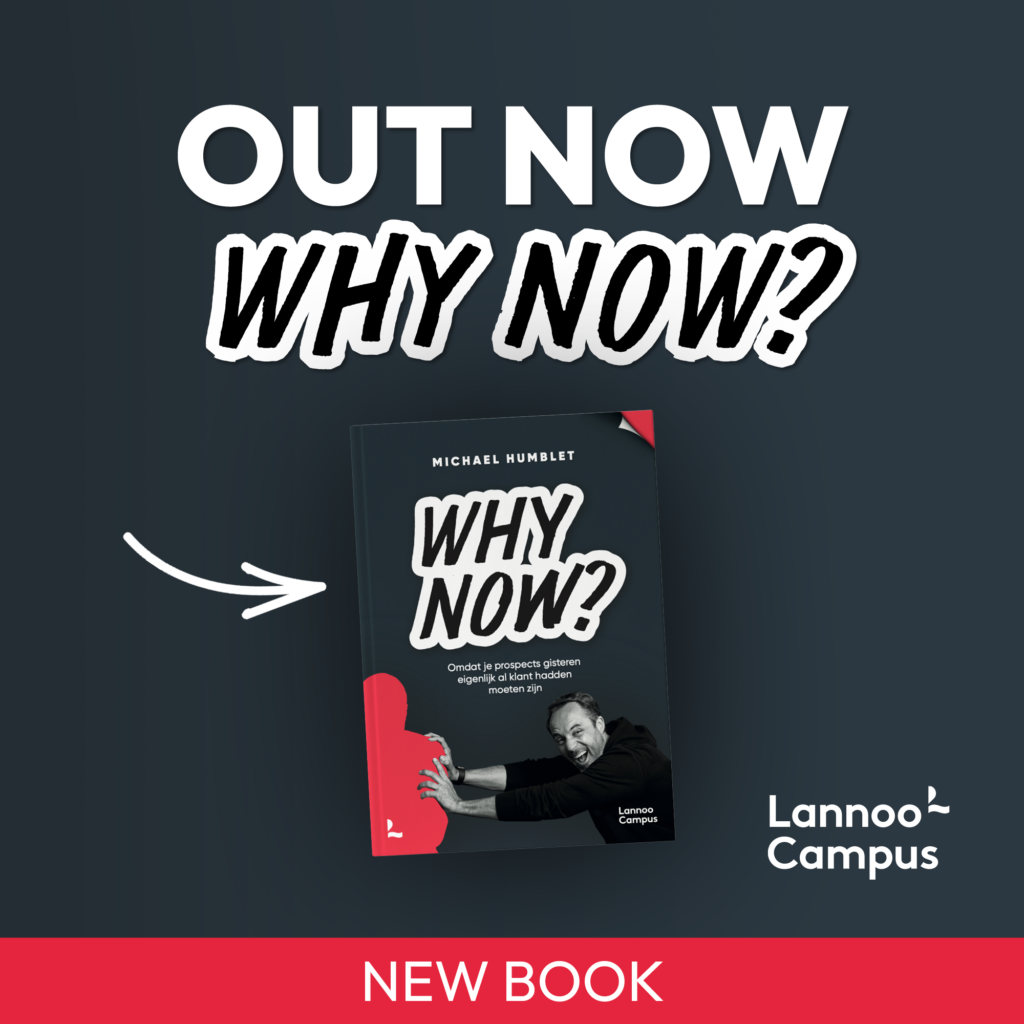How to Close Deals Faster: 2 Techniques to Make Clients Buy Now
In the fast-paced world of sales, closing deals quickly is the name of the game. The longer a prospect takes to make a decision, the more likely they are to get cold feet or be swayed by the competition. That’s why it’s crucial for sales professionals to have a toolkit of strategies to create a sense of urgency and compel prospects to take action now.
In this comprehensive guide, we’ll dive into two powerful techniques that can help you close deals faster and make clients buy from you. Whether you’re dealing with prospects who are crystal clear on their needs or those who are still trying to figure out the problem, these tactics will give you the edge you need to win more business.
Technique 1: Destabilize the Certain Prospect
The first scenario we’ll address is the prospect who comes to you with a clear understanding of their problem and the solution they need. They might say something like, “I need a cup to put water in.” In this case, your job is to disrupt their certainty and get them to rethink their approach.
Unstructure the Trees
The key is to make the prospect realize that the problem they think they have is actually much bigger and more complex than they initially believed. By explaining that there are alternative ways to solve their issue, you can create a sense of unrest and uncertainty in their mind.
For example, you might say, “You know, the problem you’re facing is actually much more significant than just needing a cup for water. There are a number of factors we need to consider, and the solution we ultimately recommend may look quite different from what you had in mind.”
This approach serves to destabilize the prospect’s certainty and get them to start questioning their assumptions. They’ll naturally look to you for guidance, which puts you in a prime position to position your solution as the best way forward.
Provide a Structured Approach
Once you’ve created that sense of unrest, it’s time to offer a structured, step-by-step solution that will put the prospect’s mind at ease. Something like, “Based on our experience helping many clients in similar situations, here’s a 1-2-3 approach that we’ve found to be highly effective…”
By providing a clear, well-defined path forward, you’re reassuring the prospect that you have the expertise and know-how to solve their problem. This can go a long way in building trust and confidence, making them more likely to move forward with your proposal.
Technique 2: Bring Rest to the Uncertain Prospect
The second scenario involves prospects who know something is wrong, but they’re not quite sure what the problem is or how to fix it. In this case, your goal is to do the opposite of the first technique – instead of creating unrest, you want to bring a sense of rest and reassurance.
Simplify the Problem
When dealing with an uncertain prospect, your first step is to help them understand that the problem they’re facing is actually much more straightforward than they might think. Reassure them that you’ve helped many clients in similar situations, and that the solution is well within reach.
You might say something like, “I understand you’re feeling a bit unsure about the best way to address this issue, but the good news is that we’ve helped countless clients just like you solve this problem. It’s actually a lot simpler than you might think.”
By framing the problem as manageable and solvable, you’re helping to alleviate the prospect’s anxiety and making them more receptive to your proposed solution.
Provide a Clear Path Forward
Just as with the first technique, the next step is to outline a clear, step-by-step approach that will guide the prospect to the desired outcome. This could sound something like, “Here’s a 1-2-3 process that we’ve used successfully to help our clients in this situation. First, we’ll do X. Then, we’ll move on to Y. Finally, we’ll wrap things up with Z. Does this make sense?”
By providing this structured roadmap, you’re demonstrating your expertise and giving the prospect a sense of confidence that you can help them navigate the challenge they’re facing. This can be a powerful way to build trust and momentum, ultimately leading to a faster, more decisive sale.
The Importance of Timing and Flexibility
It’s important to note that the effectiveness of these two techniques can vary depending on the specific situation and the prospect’s mindset. In some cases, you may need to employ a combination of both approaches to find the right balance and create the desired sense of urgency.
For example, if a prospect is initially certain about their needs but then starts to express some uncertainty, you may need to shift gears and move from the “destabilize” approach to the “bring rest” technique. Conversely, if a prospect who initially seemed unsure starts to become more confident in their requirements, you may need to revert to the “destabilize” method to keep them engaged and motivated to move forward.
The key is to remain flexible and attuned to the prospect’s changing needs and concerns. By being able to adapt your approach on the fly, you’ll be better equipped to guide them towards a decision and close the deal faster.
Putting it All Together
Now that you understand the two core techniques for creating a sense of urgency and closing deals faster, let’s take a look at how you can put them into practice.
Step 1: Assess the Prospect’s Mindset
The first step is to carefully assess where the prospect is coming from. Are they confident in their problem and solution, or are they still trying to figure things out? This will determine which technique you should lead with.
Step 2: Implement the Appropriate Technique
Once you’ve identified the prospect’s mindset, it’s time to put the corresponding technique into action. If they’re certain, focus on destabilizing their certainty and introducing alternative approaches. If they’re uncertain, work to simplify the problem and provide a clear path forward.
Step 3: Monitor and Adjust as Needed
As the conversation progresses, be attentive to any shifts in the prospect’s mindset. If they start to become more or less certain, be prepared to pivot your approach accordingly. The goal is to maintain that sense of urgency and keep the prospect engaged and motivated to make a decision.
By mastering these two powerful techniques and applying them with skill and flexibility, you’ll be well on your way to closing deals faster and making more clients say “yes” to your offerings.
Conclusion
In the high-stakes world of sales, the ability to create a sense of urgency and compel prospects to act now can be the difference between winning and losing a deal. By leveraging the two techniques outlined in this post – destabilizing the certain prospect and bringing rest to the uncertain prospect – you’ll be equipped with a powerful toolkit to guide your clients towards a decision and close more business.
Remember, the key is to remain adaptable and responsive to the prospect’s changing needs and concerns. By being able to shift gears and apply the right approach at the right time, you’ll be well on your way to becoming a sales superstar and driving impressive results for your organization.
So, what are you waiting for? Start putting these techniques into practice today and watch your close rates soar!






